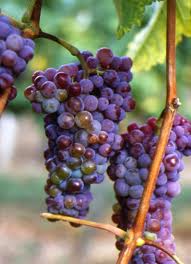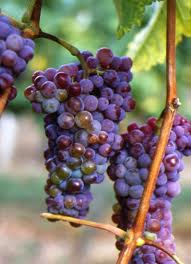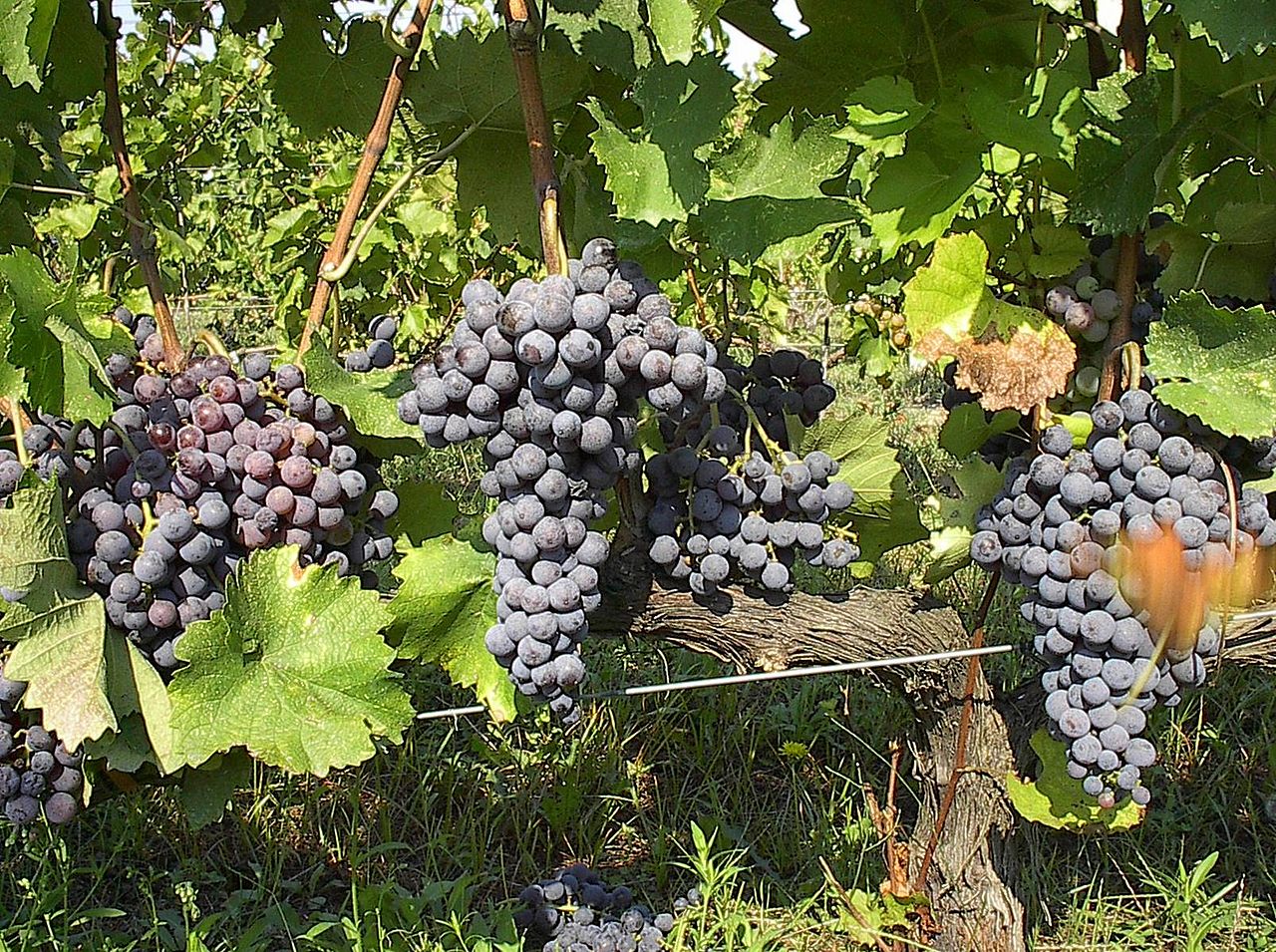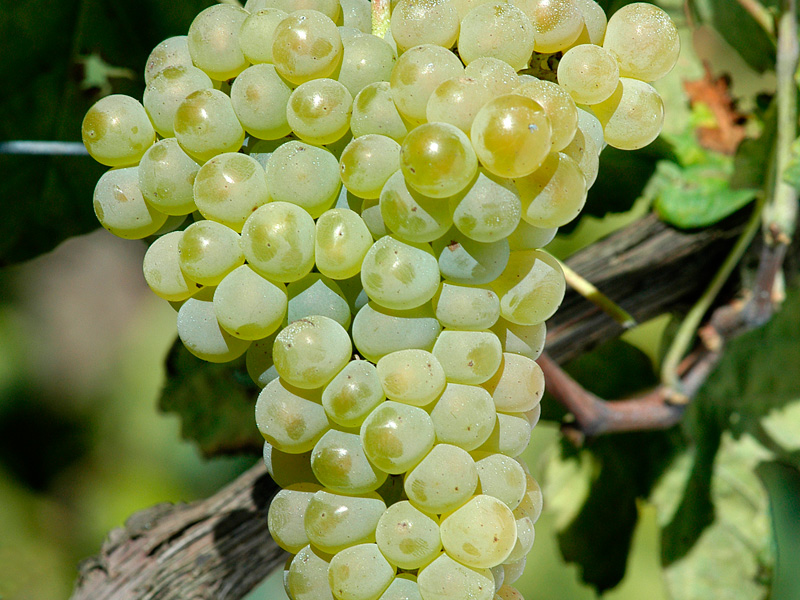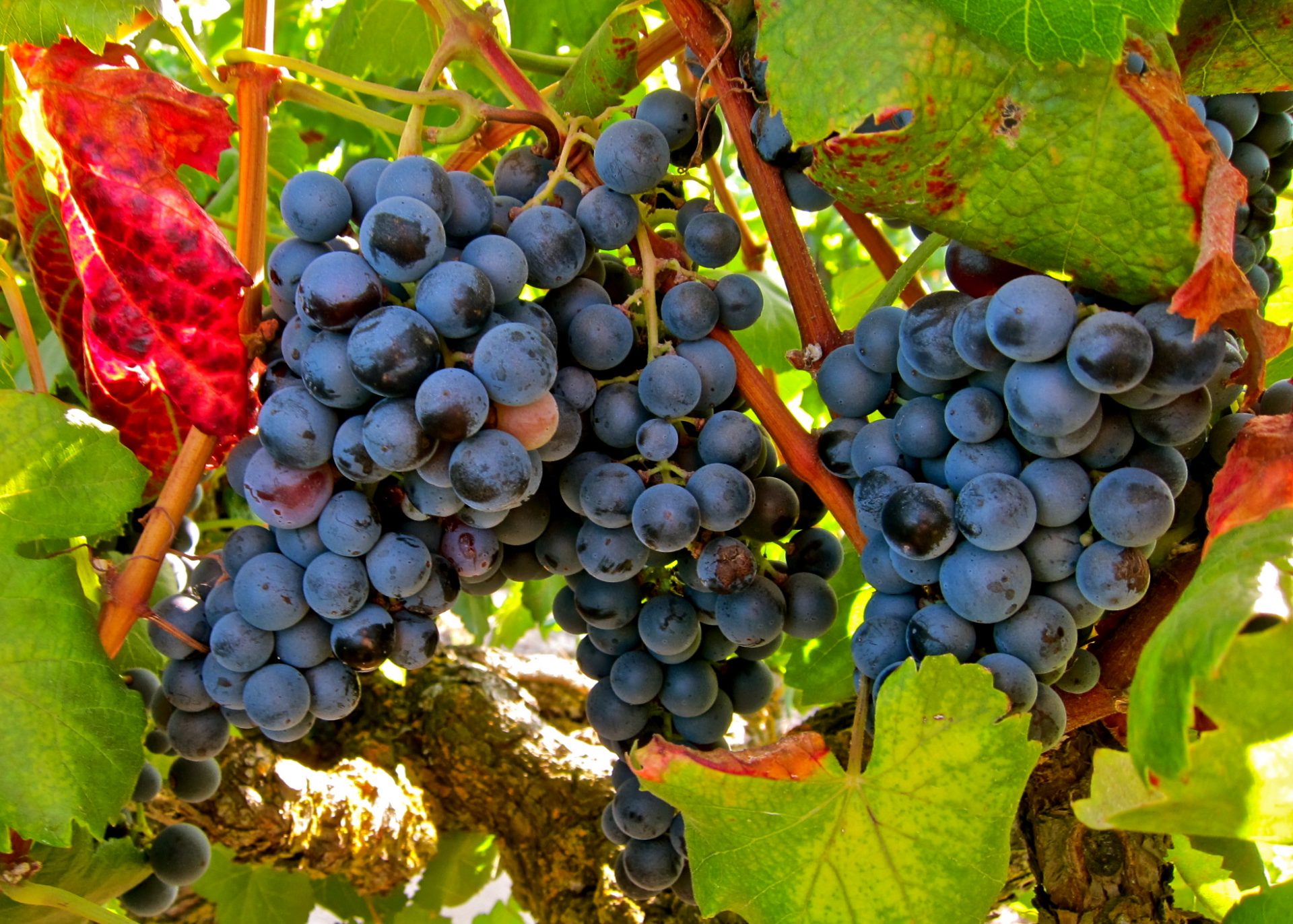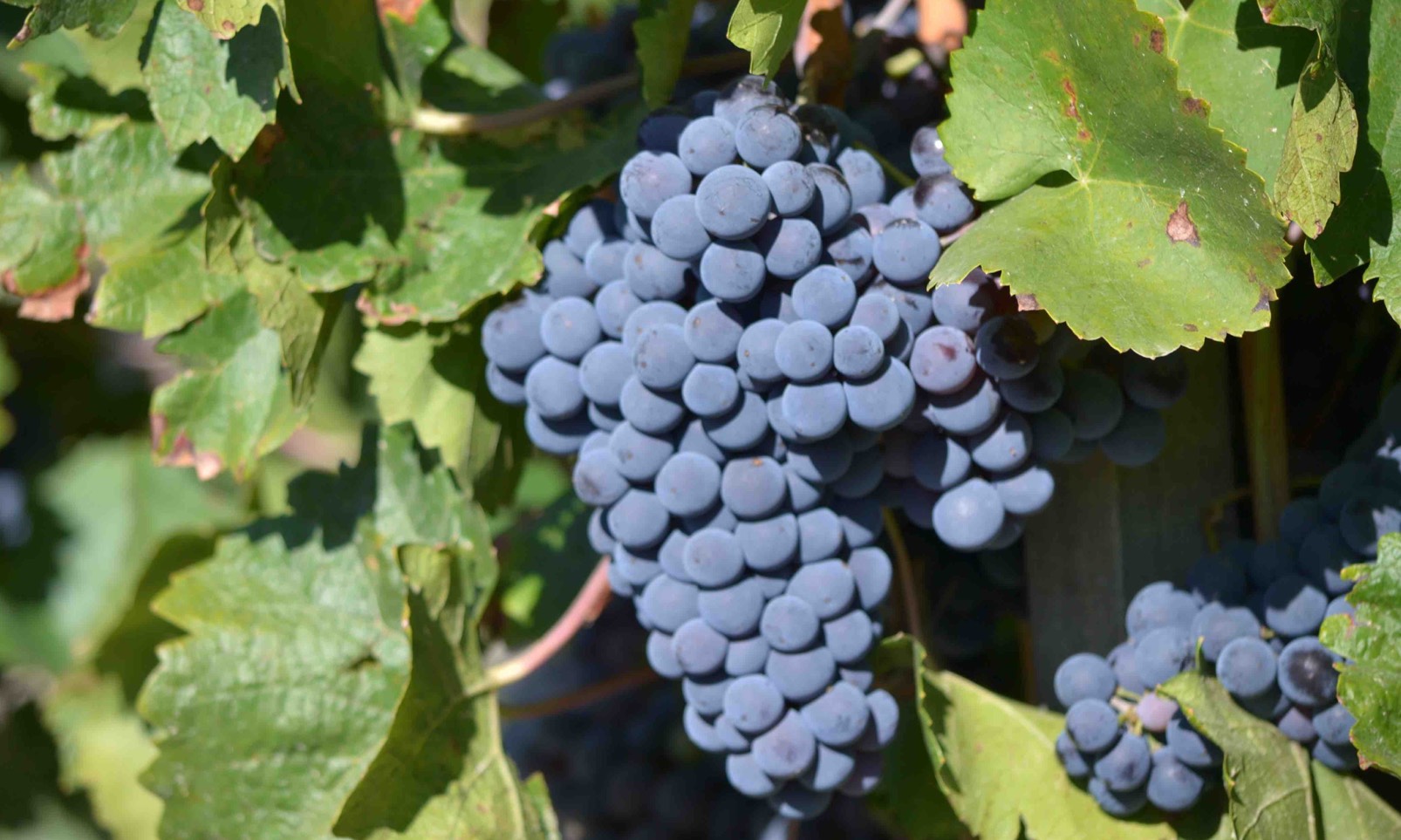Also known as Spätrot (“late red”) due to its predilection for turning a dark, deep red just before harvest, the Zierfandler is a wily little-planted varietal that one would, as far as I am aware, only find planted in the sunny and delightful but lesser-known Lower Austrian Thermenregion. It makes up a mere 0.3% of that country’s land under vine.
It’s also a rather abstruse grape that has the propensity for confounding even the most learned of Sommeliers… upon a recent wine trip where I found myself with nary ten minutes to complete this issue’s Grape Hunter piece, I asked my fellow travellers for a few anecdotes about the Zierfandler varietal. My inquiries were met with not only blank stares and admissions of not having a scooby, but also with cries of “Drummond, you are making this one up”
In my mind the Zierfandler really comes into its own when made as a single varietal and not when blended with its common bedfellow Rotgipfler (traditionally fieldblended). My favoured example of single varietel Zierfandler comes from Stadlmann, a small producer I was introduced to back in my days at Jamie Kennedy Wine Bar. I used to purchase small lots of Stadlman’s Zierfandler and Rotgipfler and the staff used to adore them, meaning that we sold out of my six cases almost as soon as they arrived, which in retrospect is akin to infanticide as the better examples of Zierfandler benefit from a good few years of bottle age, some ageing gracefully for up to 10 years.
Some have linked the Zinfandel grape’s nomenclature to Zierfandler’s, referring to a mix up of horticultural labels when vines were transported from the Hapsberg’s Imperial Nursery to Long Island in the 1820’s, although that sounds like a load of old tosh to me. What is known is that Zierfandler’s parentage is most certainly from a cross between Roter Veltliner and a Traminer from the northeast of Italy.
So how is it in the glass? Well, over the years I have found my favourites to possess an amazing amount of extract, leading to tremendous weight on the palate, and superb mouthfeel. The wines are intense without being sweet, always balanced with a surprisingly firm acidity that makes modest promises concerning its cellaring potential. The aromatics are subtle but expansive, especially with age, and can range from a distinctive nuttiness to a pleasing floral character.
Oh… and just to confuse matters it is also known as Cilifai, Cilifan, Cirfandli, Cirifai, Cirifai Piros, Cirifan, Gumpoldskirchener, Gumpoldskirchener Spätrot, Gumpoldskirchener Spätroth, Kesoei Piros, Kirmizi Zierfahndler, Nemes Cirfandli, Piros Cirfandli, Piroscirfandli, Raifler, Reifler Rot, Roter Raifler, Roter Reifler, Roter Zierfandler, Roth Hensch, Rother Raifler, Rother Zierfahndler, Rothhinschen, Rothreifler, Rotreifler, Rubiner, Spätrot, Zerjavina and Zierfandler Rot.
So put that in your obscure varietal pipe and smoke it.

